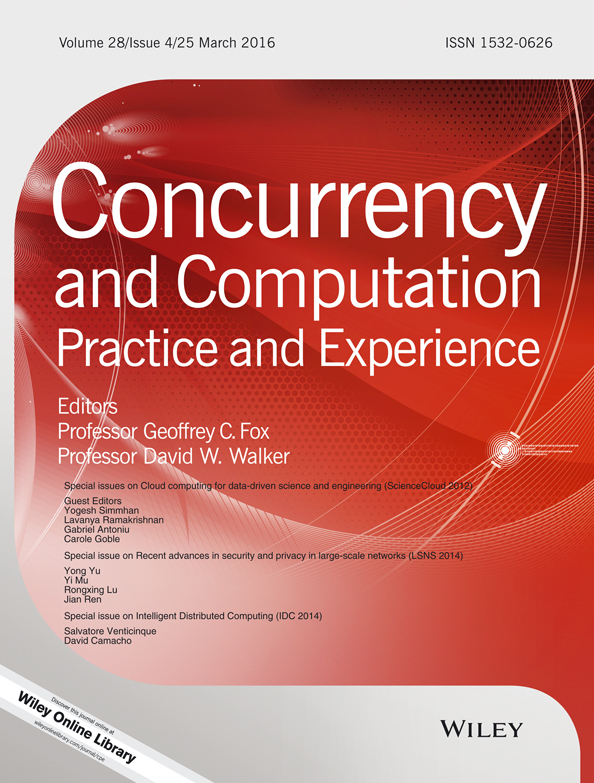Distributed monitoring and workflow management for goal-oriented workflows
Summary
Business process management has often focused on business processes with a production or administrative focus, resulting in a task-centric approach for modeling and execution of workflow based on the processes. However, the area of collaborative business processes exists, which includes important processes like research and development which have not been adequately addressed by the techniques offered for production workflows. For this, goal-oriented processes have been proven useful to allow for a more flexible approach in modeling and executing workflow. In addition, distributed workflow management allows for a more flexible approach regarding organizational structures. However, the actual recording of action taken in a process is still relevant for workflow analysis and re-engineering. As a result, this paper presents a distributed approach for generating, gathering, distributing, and storing events resulting from the execution of goal-oriented workflows in a distributed workflow environment while allowing the real-time association of occuring actions with business goals in the process using drill-down analysis. Copyright © 2015 John Wiley & Sons, Ltd.




